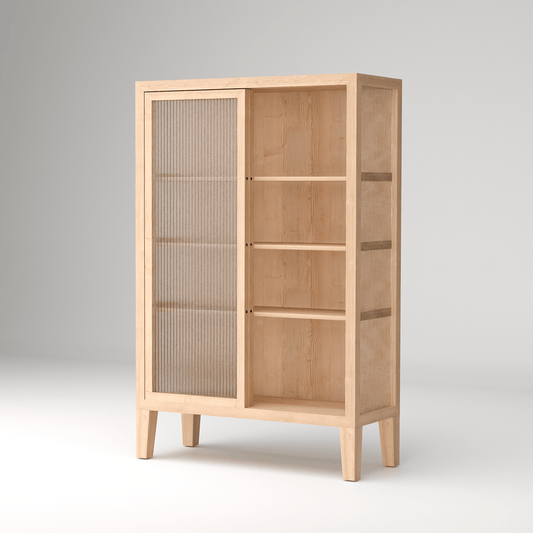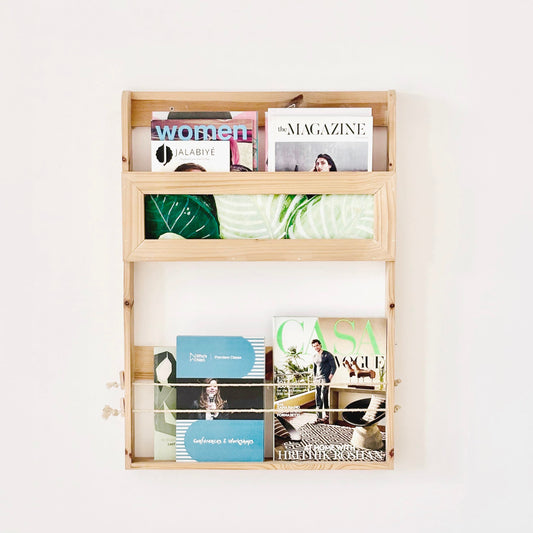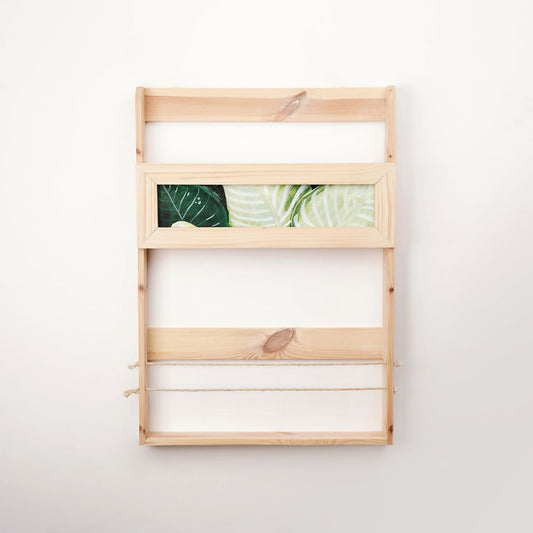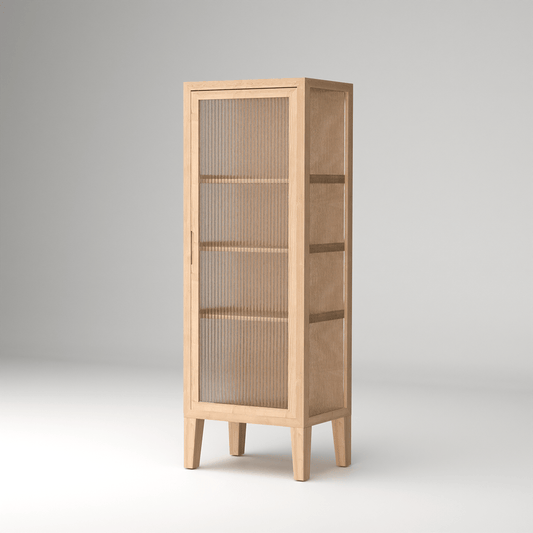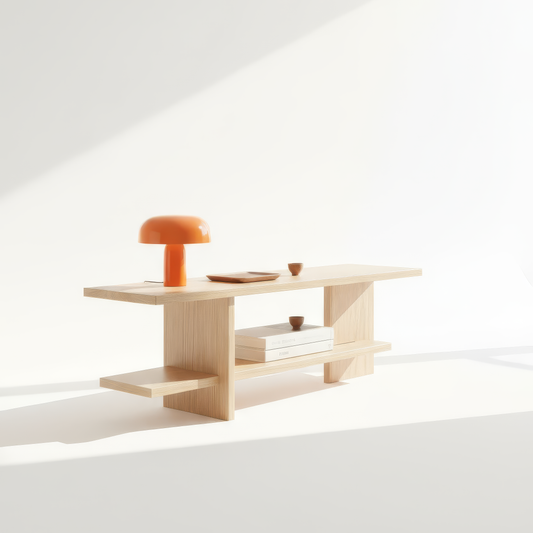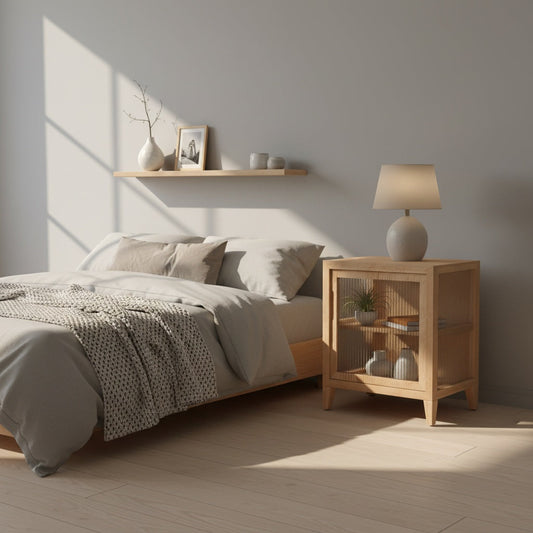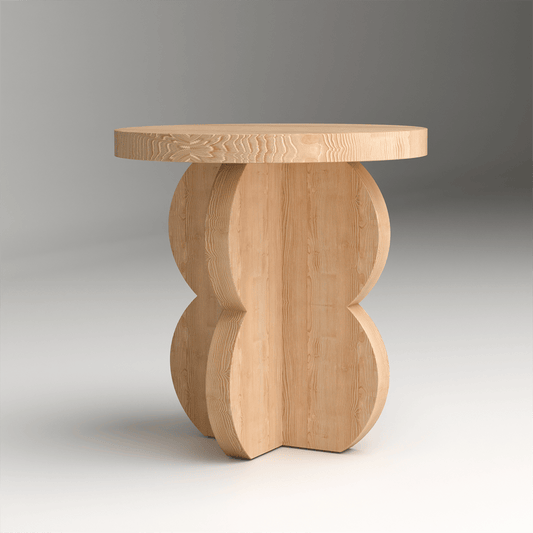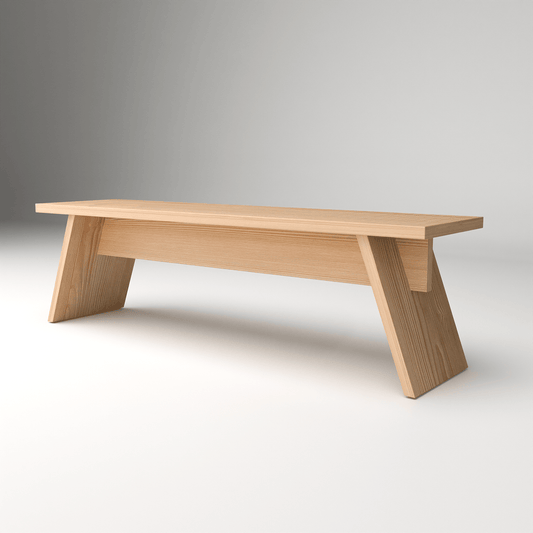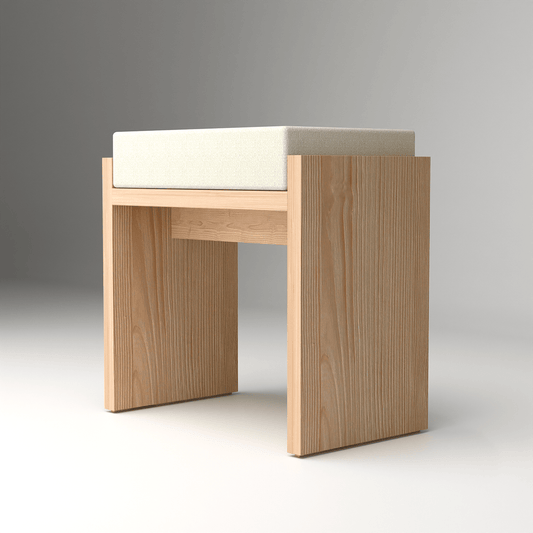The essence of Japandi design lies in the revolutionary concept that beauty and functionality are not opposing forces, but complementary aspects of exceptional design. This philosophy challenges the Western notion that practical objects cannot be beautiful, instead proposing that the most beautiful objects are those that serve their intended purpose with grace, efficiency, and visual appeal. In Japandi design, functional beauty becomes the highest form of aesthetic achievement.
The Philosophy of Functional Beauty
Beyond Decorative Objects
Traditional Western design often separates decorative items from functional ones, creating homes filled with objects that serve no purpose beyond visual appeal. Japandi design rejects this separation, insisting that every object in the home should contribute to daily life while maintaining aesthetic excellence.
The Integration Principle
Purpose-Driven Beauty: Objects that derive their beauty from how well they serve their function Honest Design: Forms that express their intended use without disguise or pretense Material Truth: Using materials in ways that honor their natural properties User-Centered Aesthetics: Beauty that emerges from human interaction and use
Essential Elements of Functional Beauty
Form Follows Function Philosophy
Logical Shapes: Forms that make sense for their intended use Efficient Proportions: Sizing that optimizes both function and visual appeal Ergonomic Considerations: Design that serves the human body comfortably Intuitive Operation: Objects that communicate their use through their form
Material Selection for Dual Purpose
Natural Material Priority: Substances that age beautifully while maintaining function Durability Focus:Materials chosen for longevity under regular use Maintenance Simplicity: Surfaces that remain beautiful with minimal care Tactile Appeal: Materials that invite touch and interaction
The Everest Napkin Holder at ₹1,790 exemplifies functional beauty through its simple geometric form that perfectly cradles napkins while creating an elegant table accent, proving that even the most basic functional objects can contribute to aesthetic excellence.
Room-by-Room Functional Beauty Applications
Living Room Integration
Coffee Table Storage: Surfaces that serve gathering while organizing essentials Seating Solutions:Comfortable furniture that maintains visual lightness Media Organization: Entertainment storage that keeps technology accessible but unobtrusive Lighting Design: Illumination that creates atmosphere while providing necessary light
Kitchen Functionality
Work Surface Beauty: Countertops that inspire cooking while serving practical needs Storage Aesthetics:Organization systems that make ingredients and tools beautiful Appliance Integration: Equipment that serves culinary needs while maintaining design harmony Display and Function: Open storage that makes daily items part of the decor
The Pinewood Cabin Style Tissue Holder at ₹3,990 demonstrates how functional objects can enhance rather than detract from room aesthetics, transforming a necessity into a design element that adds warmth and character.
Bedroom Practicality
Storage Integration: Organization that maintains bedroom serenity Bedside Functionality: Surfaces that support sleep routines while looking beautiful Wardrobe Systems: Clothing storage that contributes to room aesthetics Lighting Solutions: Illumination that serves practical needs while creating ambiance
Bathroom Efficiency
Towel Display: Storage that makes linens part of the room's beauty Toiletry Organization: Systems that keep necessities accessible but organized Water Management: Fixtures that serve hygiene needs while maintaining design integrity Natural Material Integration: Elements that bring warmth to utilitarian spaces
Design Principles for Functional Beauty
Simplicity in Complexity
Essential Elements Only: Removing anything that doesn't serve function or beauty Hidden Complexity:Simple appearances that conceal sophisticated functionality Intuitive Use: Objects that communicate their operation through design Maintenance Integration: Design that makes care and upkeep part of the beauty
Proportional Harmony
Human Scale: Sizing that feels comfortable in human hands and spaces Visual Balance: Proportions that please the eye while serving function Spatial Relationships: Objects that work well with their surroundings Contextual Appropriateness: Design that fits its intended environment
Material Honesty
Authentic Expression: Materials used in ways that celebrate their natural properties Aging Gracefully:Surfaces that become more beautiful through use Tactile Quality: Materials that invite and reward touch Structural Integrity: Construction that serves both strength and beauty
Craftsmanship in Functional Beauty
The Maker's Touch
Hand-Finished Details: Elements that show human skill and attention Quality Joinery: Construction methods that become part of the aesthetic Surface Treatment: Finishes that enhance both beauty and function Attention to Detail: Care in execution that elevates ordinary objects
The Minimalist Wooden Hand Towel Rail at ₹4,490 showcases craftsmanship in functional beauty, with hand-finished pine wood that serves the practical need of towel storage while adding natural warmth and texture to bathroom spaces.
Traditional Techniques in Modern Application
Time-Tested Methods: Construction techniques that have proven their worth over centuries Modern Tool Integration: Using contemporary tools to enhance rather than replace traditional skills Quality Standards:Maintaining high standards regardless of production method Skill Preservation: Keeping traditional craftsmanship knowledge alive
Color and Finish Philosophy
Natural Color Palettes
Wood Tone Celebration: Allowing natural timber colors to provide visual interest Neutral Foundations:Colors that support rather than compete with functional beauty Accent Color Restraint: Limited color use that doesn't overwhelm natural materials Seasonal Adaptation: Colors that work with changing light and natural cycles
Finish Selection for Function
Protective Beauty: Treatments that preserve materials while enhancing appearance Maintenance Consideration: Finishes that can be renewed and maintained over time User Experience: Surfaces that feel good to touch and use regularly Environmental Safety: Treatments that don't compromise indoor air quality
Technology Integration in Functional Beauty
Hidden Technology Solutions
Invisible Integration: Technology that serves function without disrupting aesthetics Wireless Solutions:Reducing cord clutter while maintaining functionality Smart Features: Technology that enhances use without complicating design Energy Efficiency: Electronic features that support environmental responsibility
Analog Beauty
Non-Digital Solutions: Functional beauty that doesn't require electricity Mechanical Elegance: Moving parts that are both functional and visually interesting Timeless Operation: Functionality that doesn't become obsolete Repair Simplicity: Mechanisms that can be maintained and restored
Lighting as Functional Beauty
Natural Light Optimization
Window Treatment Design: Coverings that control light while maintaining beauty Reflective Surfaces:Materials that multiply and distribute natural light Seasonal Adaptation: Design that works with changing daylight patterns Privacy Balance: Solutions that maintain privacy without sacrificing light
Artificial Lighting Integration
Task and Ambient Balance: Lighting that serves practical needs while creating atmosphere Natural Material Fixtures: Lamps that contribute to overall design harmony Energy Efficiency: Lighting solutions that minimize environmental impact Maintenance Simplicity: Fixtures that remain beautiful with minimal care
Storage as Aesthetic Element
Open Storage Beauty
Display Functionality: Storage that makes everyday objects part of the decor Organization Aesthetics:Systems that make order visually appealing Accessibility Balance: Storage that serves function while maintaining beauty Content Curation: Choosing what to display based on both function and aesthetics
Hidden Storage Integration
Invisible Organization: Storage that maintains clean aesthetics while serving function Dual-Purpose Design: Objects that store while serving other functions Maintenance Access: Hidden storage that remains easy to use and maintain Capacity Optimization: Maximum storage within minimal visual footprint
Textile Integration for Function and Beauty
Natural Fiber Selection
Performance and Beauty: Fabrics that serve practical needs while looking beautiful Aging Characteristics:Textiles that become more beautiful with use Maintenance Simplicity: Fabrics that clean easily while maintaining appearance Seasonal Adaptability: Textiles that can be changed to reflect natural cycles
Functional Textile Applications
Window Treatments: Fabrics that control light and privacy while adding beauty Upholstery Choices:Coverings that provide comfort while maintaining aesthetics Storage Solutions: Textile containers that organize while adding softness Protective Elements: Fabrics that protect surfaces while enhancing beauty
Plant Integration as Living Function
Air Quality and Beauty
Purification Plants: Species that clean air while adding natural beauty Humidity Regulation: Plants that moderate indoor moisture naturally Seasonal Interest: Living elements that change throughout the year Low Maintenance Beauty: Plants that thrive with minimal care
Functional Plant Placement
Natural Room Dividers: Plants that define spaces while maintaining openness Privacy Screens: Living elements that provide privacy without blocking light Acoustic Benefits: Plants that help moderate sound while adding beauty Aromatherapy Integration: Fragrant plants that enhance sensory experience
Maintenance as Part of Beauty
Care Rituals
Daily Maintenance: Regular care that becomes part of the object's beauty Seasonal Attention: Periodic care that connects to natural cycles Repair Integration: Making maintenance part of the object's continuing story Tool Beauty: Care implements that are themselves beautiful and functional
Aging and Patina
Natural Development: Allowing objects to develop character through use Wear Patterns: Embracing the marks that come from regular use Patina Appreciation: Finding beauty in the natural aging of materials Story Accumulation: Objects that become more meaningful through use
Creating Your Functional Beauty Collection
Selection Criteria
Dual Purpose Priority: Choosing objects that excel at both function and beauty Quality Assessment:Evaluating both performance and aesthetic merit Longevity Consideration: Selecting items that will remain functional and beautiful Personal Relevance: Choosing objects that serve your specific lifestyle needs
Integration Strategy
Gradual Building: Developing collections of functional beauty over time Harmony Consideration: Ensuring new additions work with existing pieces Function Evaluation: Regularly assessing whether objects still serve their purpose Beauty Appreciation: Taking time to notice and enjoy functional objects
The Psychology of Functional Beauty
Satisfaction and Well-Being
Use Pleasure: The satisfaction that comes from using beautiful, functional objects Aesthetic Daily Life:Surrounding yourself with beauty in everyday activities Mindful Interaction: Paying attention to the objects you use regularly Quality of Life Enhancement: How functional beauty improves daily experience
Emotional Connection
Object Relationships: Developing appreciation for well-designed functional items Story Development: How objects accumulate meaning through use Care and Respect: Treating functional objects with the respect beautiful things deserve Legacy Creation: Choosing objects that can be passed down through generations
Future Directions in Functional Beauty
Functional beauty in Japandi design represents a fundamental shift in how we think about the objects in our homes. By insisting that practical items can and should be beautiful, this approach creates living spaces that support both daily life and aesthetic pleasure. Every object earns its place through both its utility and its contribution to the overall harmony of the space.
The key to successful functional beauty lies in understanding that the most satisfying objects are those that serve their purpose so well that using them becomes a pleasure. Whether you start by replacing a single functional item with a more beautiful alternative or gradually transform your entire approach to object selection, functional beauty offers a pathway to creating homes where every interaction is both practical and aesthetically rewarding.



